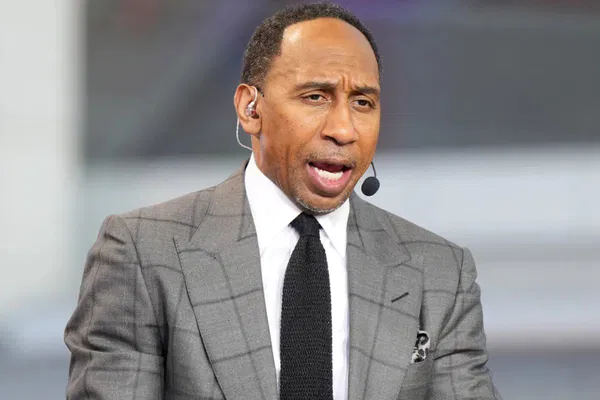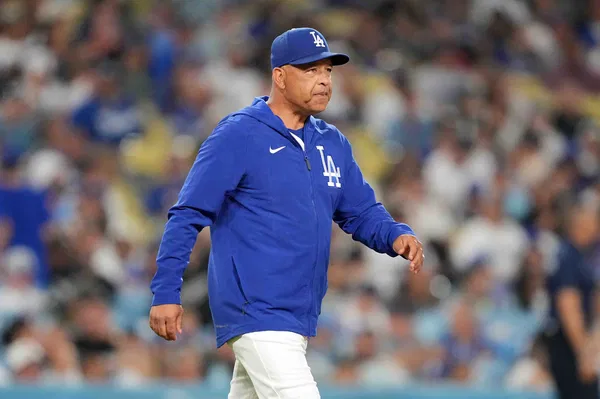
Are the Dodgers the Problem, or Is It the Owners Who Refuse to Spend?
The Los Angeles Dodgers’ aggressive spending has become a recurring topic of debate in Major League Baseball. Every year, small-market teams and their fans express frustration, claiming they can’t compete while the Dodgers continue to stack their roster with stars. However, sports analyst Stephen A. Smith has taken a different stance—rather than blaming the Dodgers for their high payroll, he argues that attention should be on the teams that refuse to spend.
The Real Problem: Intent, Not Just Money
“How are you supposed to compete when [the Dodgers have] four or five times your payroll? —@MadDogUnleashed 👀
“Other MLB teams have money as well, they’re just choosing not to spend and go for it.” —@stephenasmith 😳 pic.twitter.com/052tQuNjEg
— First Take (@FirstTake) February 19, 2025
Smith pointed out that other MLB teams also have financial resources but are choosing not to use them to build competitive rosters. His argument is supported by the numbers: the Dodgers currently hold a staggering $393 million payroll, while teams like the Miami Marlins and Pittsburgh Pirates operate at significantly lower figures—$43 million and $60 million, respectively. The financial disparity is obvious, but Smith emphasizes that the issue isn’t just about available funds; it’s about how teams choose to use their resources.
Chris “Mad Dog” Russo questioned how smaller-market teams are expected to compete when their payrolls are a fraction of what the Dodgers spend. However, the better question might be why these teams operate on such low budgets in the first place. While the Dodgers generate $321 million annually from television deals, revenue sharing ensures that smaller-market teams collectively receive $400 million. Despite this, some owners choose to pocket those funds rather than reinvest them in their rosters.
Why Some Teams Aren’t Spending
Instead of using revenue-sharing money to build stronger teams, some franchises prioritize profits over competition. The Pirates, for example, operate with a $60 million payroll while their owner, Bob Nutting, is worth $1.2 billion. The Oakland A’s cut their payroll to just $40 million despite securing a $380 million stadium deal for their future move to Las Vegas. Similarly, the Baltimore Orioles, valued at $1.7 billion, have avoided making major financial commitments to elite players.

For every team that maximizes its budget, others deliberately keep spending low. Some franchises even use this strategy to secure high draft picks, as seen with the Orioles in previous years. The lack of a salary floor in MLB allows owners to prioritize financial gains over fielding a competitive team.
Is MLB’s Spending Gap the Real Problem?
The Dodgers, Yankees, Mets, and Phillies are often criticized for spending big, but at least they are making an effort to win. Meanwhile, teams like the Pirates, A’s, and Marlins continue to claim financial struggles while benefiting from revenue-sharing payouts. Analyst Chris Rose summed it up well: “MLB needs a spending floor. Teams with billion-dollar owners acting broke is a way bigger problem than the Dodgers spending money to win.”
Without a mandatory minimum payroll, some teams will always prioritize financial security over championships. The Dodgers are simply doing what any fan would want their team to do—spending to win. If a team isn’t competing, the blame shouldn’t fall on the Dodgers for their spending habits but on the owners who refuse to invest in their rosters.
A Broken System or an Inevitable Reality?
This situation raises larger questions: Should MLB enforce a spending floor to ensure all teams are competitive? Or do fans simply have to accept that some franchises will always operate with profit as their main focus?
For now, the payroll gap in MLB remains a reality, and unless changes are made, the debate over spending will continue.